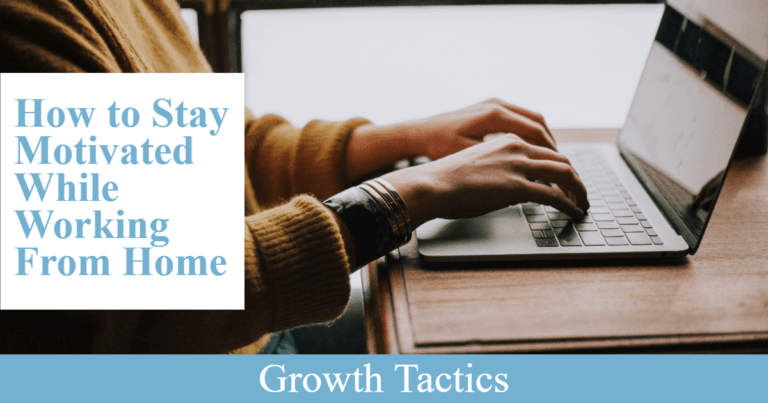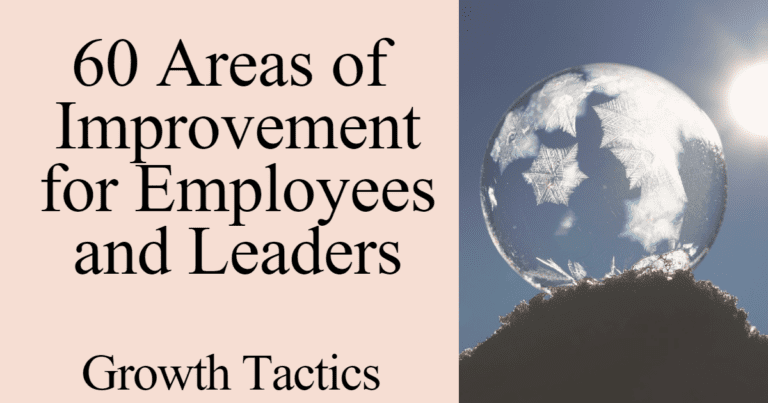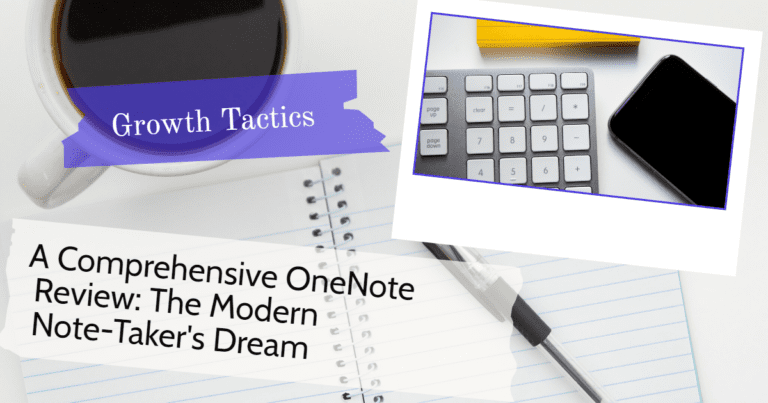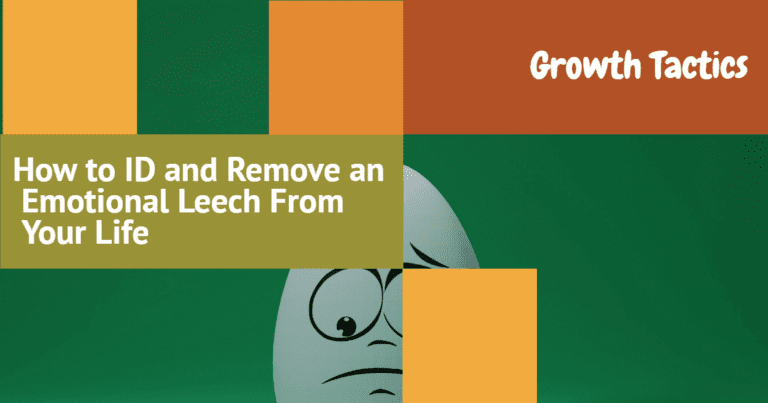Have you ever felt torn between two important things you believe in? That’s what we call a value conflict. It’s like being stuck between a rock and a hard place, but with your beliefs.
I’ve seen many people struggle with these tough choices. Value conflicts happen when two or more of your core values clash. It’s not always easy to know what to do when this happens.
In this article, I’ll help you make sense of these tricky situations. We’ll look at some real-life examples and explore ways to work through them.
Jump To Section
What is a Value Conflict?
A value conflict happens when two or more of your core beliefs or principles clash. It’s like having two important things you care about, but you can’t choose both at the same time.
Like working overtime at your job, but also needing to be there to take care of your family. You want to be good at your job and help the organization succeed, but you also want to be a good husband, wife, or parent.
Why do these conflicts happen? Well, we’re all complex people with many different values. Sometimes, these values don’t play nicely together and may be hard to prioritize.
I’ve found that value conflicts often occur when:
- We face new situations that challenge our usual way of thinking
- Our personal values bump up against rules at work or in society
- We grow and change, but some of our old values stick around
Remember, having conflicting values doesn’t mean you’re doing anything wrong. It’s a normal part of life and growth.
The key is to recognize when it’s happening and find a way forward that feels right for you. Everyone’s path will be different, and that’s okay.
Common Types of Value Conflicts
Value conflicts come in many shapes and sizes. I’ve seen them pop up in all sorts of situations. Let’s look at some of the most common types I’ve encountered. Understanding these can help you spot them in your own life.
Personal vs. Professional Values
This is a big one. We often face tough choices between what we believe in and what our job asks of us. Like the example I gave earlier.
Remember, it’s okay to question if your job aligns with your values. Your well-being matters.
Individual vs. Societal Values
Sometimes, what we believe bumps up against what society expects. This can be really tough.
I’ve seen people struggle with choosing between their own happiness and meeting family expectations. It’s not always easy to go against the grain.
But here’s the thing: your unique path matters. It’s okay to respectfully challenge societal norms if they don’t fit your values.
Short-term vs. Long-term Values
This conflict is all about time. Do we choose what feels good now or what’s better for us later?
I often see this with health choices. That extra slice of cake sounds great now, but it might not align with long-term health goals.
The key is to find balance. Sometimes it’s okay to enjoy the moment, and other times it’s better to focus on the future.
Remember, everyone faces these conflicts. The important thing is to recognize them and make choices that align with your true self. In the next section, we’ll look at some real-life examples to help you spot these conflicts in action.
Real-Life Examples of Value Conflicts
Value conflicts show up in everyday situations. Let’s look at some common scenarios you might face. These examples can help you spot similar conflicts in your own life.
Workplace Scenario
Imagine a marketing manager named Sarah. She faces a tough choice at work. Her boss wants her to use misleading stats in an ad campaign. It would boost sales, but it doesn’t sit right with Sarah’s personal values of honesty.
She has to weigh her job security against her integrity. It’s not an easy decision, but Sarah chooses to stand by her principles. She proposes a different, honest approach to her boss.
Remember, staying true to your values at work can be challenging, but it’s often worth it in the long run.
Family Situation
Family conflicts can be some of the trickiest. Take Mike, for example. He’s struggling with a big decision.
Mike’s parents want him to take over the family business. But Mike dreams of becoming a teacher. He feels torn between his desire for independence and his sense of family duty.
These kinds of conflicts are tough because there’s no clear right or wrong answer. It’s about finding a solution that honors both your individual goals and your family ties.
Social Dilemma
Social situations can bring up value conflicts too. This happens a lot in friend groups.
Picture yourself at a party. Your friends start gossiping about someone you know. You value kindness, but you also want to fit in with the group.
Do you join in to be part of the crowd? Or do you speak up for the person being talked about?
These moments test our values in real-time. It’s okay if you don’t always make the perfect choice. What matters is that you learn and grow from these experiences.
Steps to Find Your Way in a Value-Based Conflict
We all face times when two things we believe in don’t line up. It’s like being pulled in two directions at once. But don’t worry! I’ve been there, and I’ve found ways to work through it.
Step 1: Pause and Breathe
First, take a moment. These inner conflicts can be tough. A few deep breaths can help clear your mind.
Step 2: Name Your Core Values
What two values are at odds? Maybe it’s honesty versus loyalty, or freedom versus security. Naming them helps you see the problem clearly.
Step 3: Dig Deeper
Ask yourself why each value matters to you. I’ve found that understanding the roots of my values helps me sort out my priorities.
Step 4: Look at the Bigger Picture
Think about your life goals. How does each value fit into the bigger story of who you are and who you want to be?
Step 5: Explore Your Options
Get creative! Can you find a way to honor both values? Sometimes, there’s a solution we don’t see at first.
Step 6: Look for a Better Alternative
Sometimes, the best solution isn’t obvious at first. Don’t settle for the first option that comes to mind. Take a step back and ask yourself: “Is there a better way?”
I’ve seen many people get stuck between two choices. But often, there’s a third option that works even better. It just takes some creative thinking to find it.
Try this: Grab a piece of paper and write down all the possible solutions you can think of. Don’t judge them yet. Just let the ideas flow. You might surprise yourself with what you come up with!
Remember, the goal is to find an option that honors your values and solves the problem. It might take more time, but it’s worth the effort. You’re not just avoiding conflict, you’re creating a better outcome for yourself and everyone involved.
And here’s a bonus tip: Ask for input from others. They might see possibilities you haven’t considered. Fresh eyes can lead to fresh ideas!
Step 7: Weigh the Outcomes
Think about what might happen if you choose one value over the other. How will you feel? What will the impact be?
Step 8: Make Your Choice
At some point, you need to decide. Trust yourself. You know your values better than anyone.
Remember, having conflicting values doesn’t mean you’re doing something wrong. It means you’re human! These conflicts are chances to grow and understand yourself better.
You’ve got this. Each time you face a value conflict, you’re getting stronger and wiser. Keep moving forward, one step at a time.
Learning from Value Conflicts
Value conflicts can be tough, but they’re also great chances to grow. I’ve seen firsthand how these challenges can help us become better people and build stronger relationships.
Personal Growth Opportunities
Every value conflict is a chance to learn about yourself. Here’s how:
- Know yourself better: When you face a conflict, you learn what really matters to you. It’s like holding up a mirror to your beliefs.
- Practice patience: Dealing with conflicts teaches you to stay calm under pressure. It’s a skill that helps in all areas of life.
- Boost your problem-solving skills: Each conflict is a puzzle to solve. The more you work through them, the better you get at finding solutions.
- Develop empathy: Trying to understand others’ values helps you see the world from different angles. It makes you a more understanding person.
- Build confidence: Standing up for your values in a respectful way makes you more sure of yourself. It’s like a workout for your self-esteem!
Strengthening Relationships
Believe it or not, value conflicts can bring people closer together. Here’s how:
- Deeper understanding: When you work through a conflict, you learn more about each other. It’s like peeling back layers of an onion.
- Better communication: Talking about tough stuff helps you get better at expressing yourself. It’s practice for all your conversations.
- Building trust: When you resolve conflicts together, you show that you can handle tough times. It makes your bond stronger.
- Finding common ground: Working through differences helps you see what you have in common. It’s like building a bridge between your values.
- Creating new solutions: Sometimes, conflicts lead to ideas that work for everyone. It’s like cooking up a new recipe that everyone loves.
Remember, every value conflict is a chance to grow and connect. Don’t shy away from them. Instead, see them as opportunities to become a better you and build stronger relationships.
I’ve seen people turn their biggest conflicts into their greatest strengths. You can do it too! Just stay open, keep learning, and remember that every challenge is a chance to grow.
Wrapping It Up: Your Path to Resolving Value Conflicts
Value conflicts are a normal part of life. They happen when our beliefs bump up against someone else’s. But remember, these conflicts aren’t walls, they’re doorways to understanding and growth.
I’ve seen countless people turn value conflicts into opportunities. You can do it too! Use the strategies we’ve talked about. Listen closely, speak honestly, and always look for common ground.
Remember, there’s no one-size-fits-all solution. You’re unique, and your approach should be too. Trust your instincts and stay true to your values.
So don’t shy away from these challenges. Face them head-on. Learn from them. Grow through them. Your future self will thank you for it.








